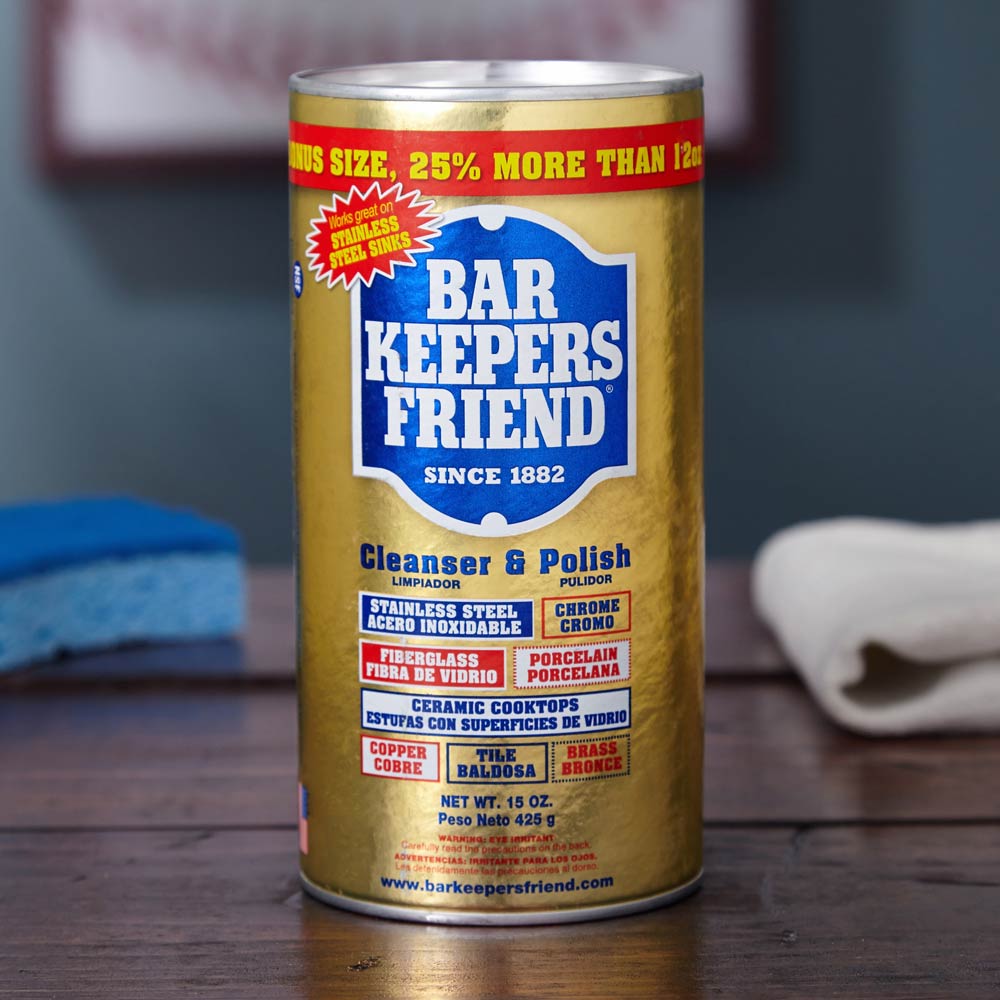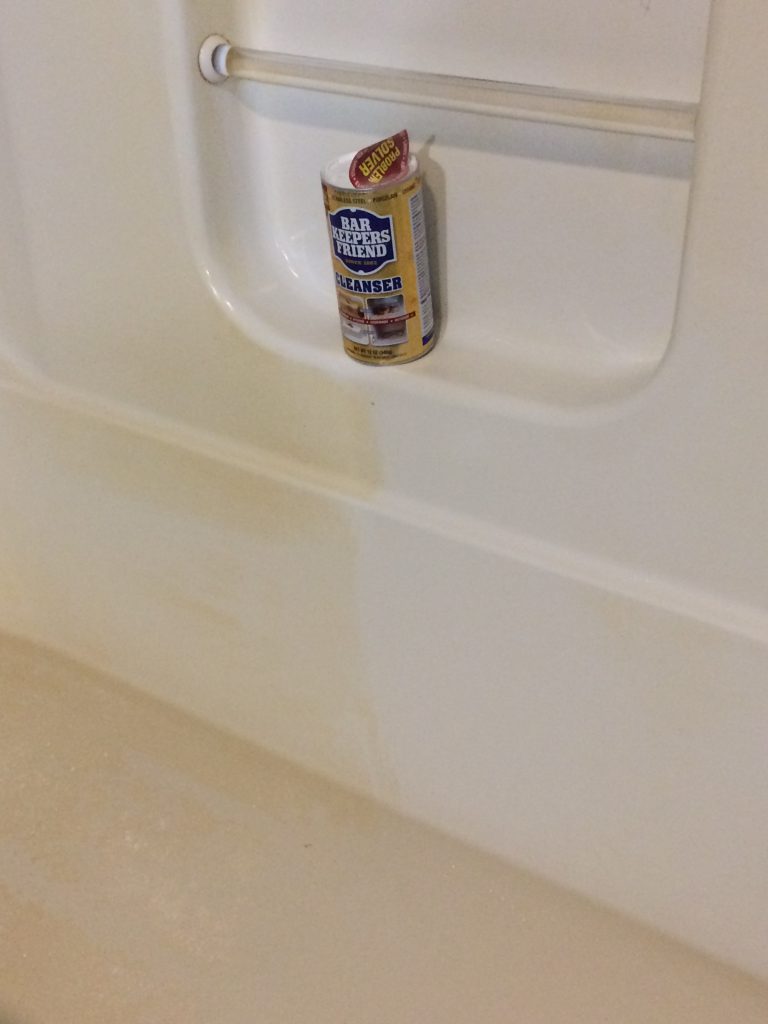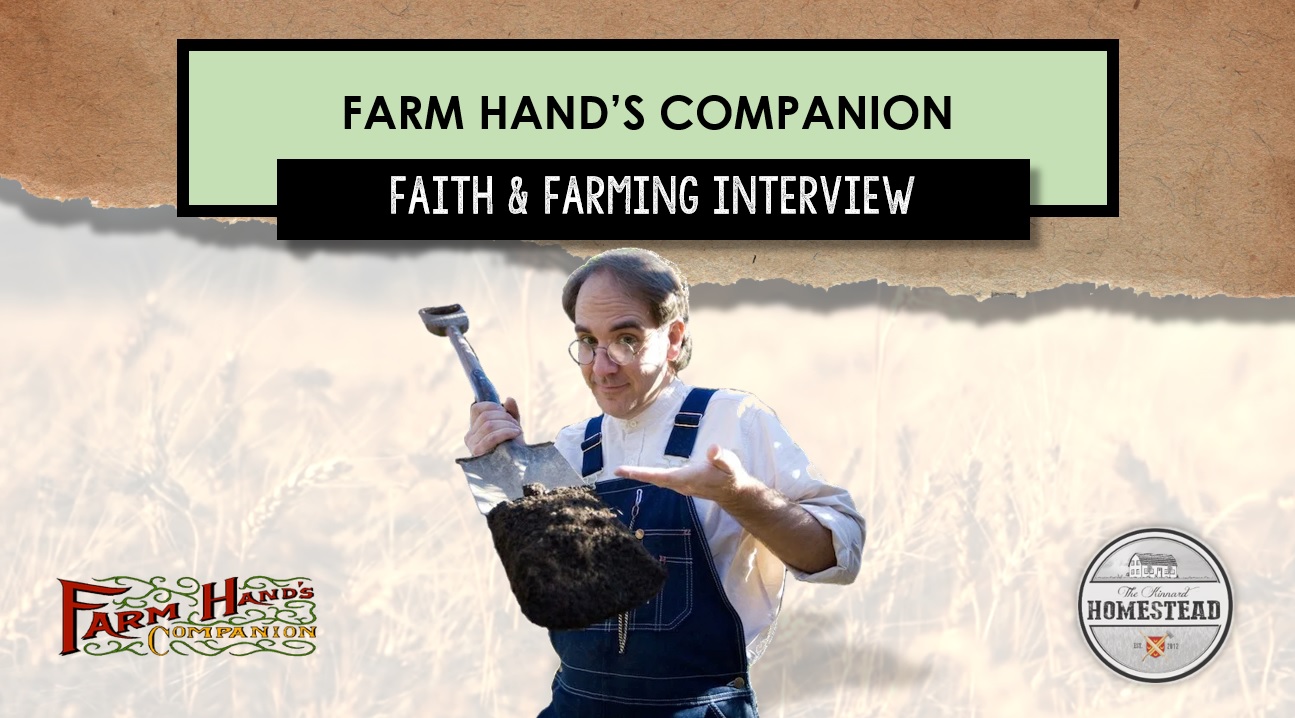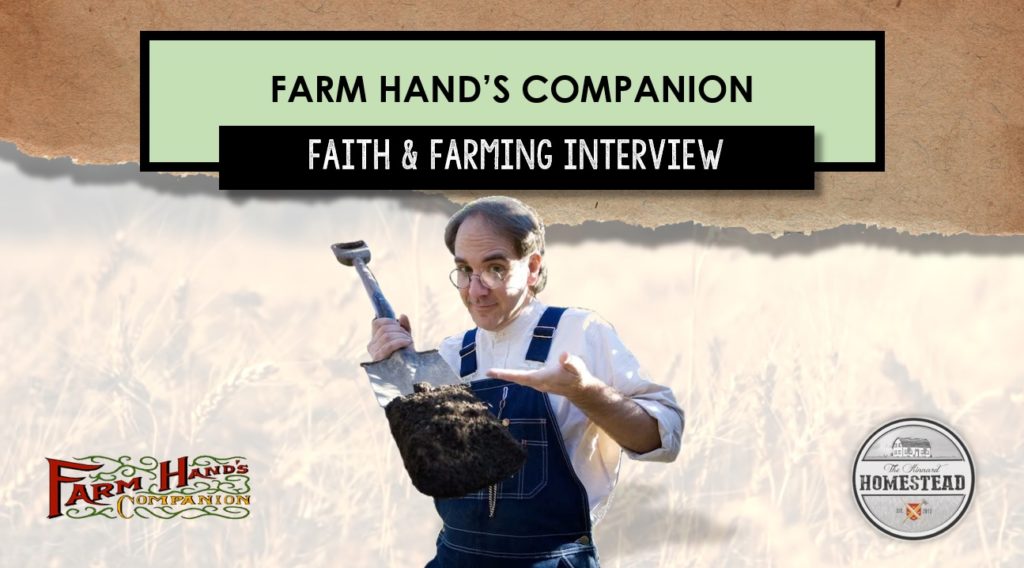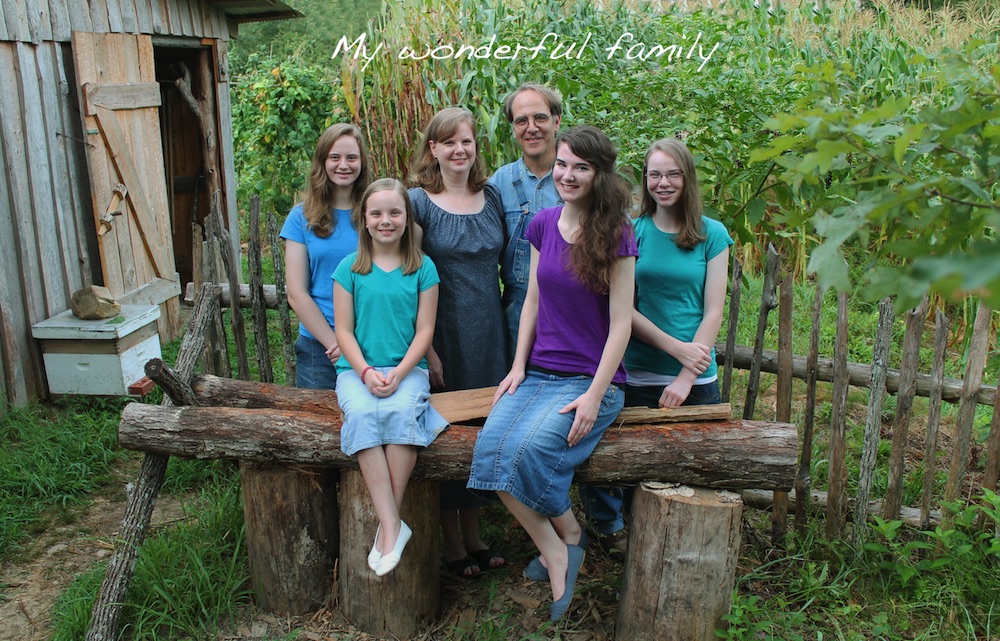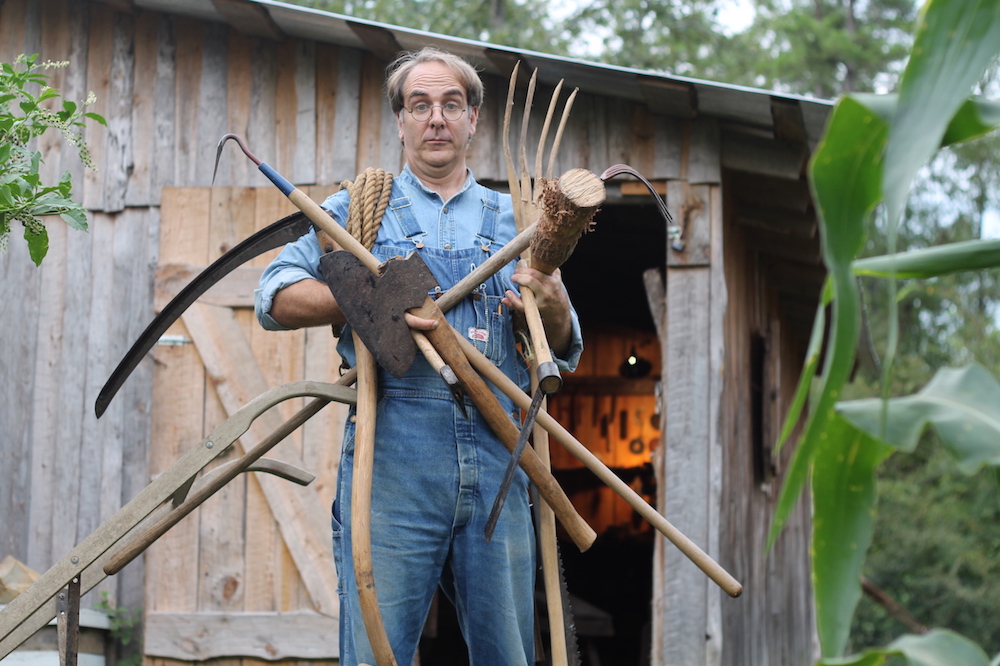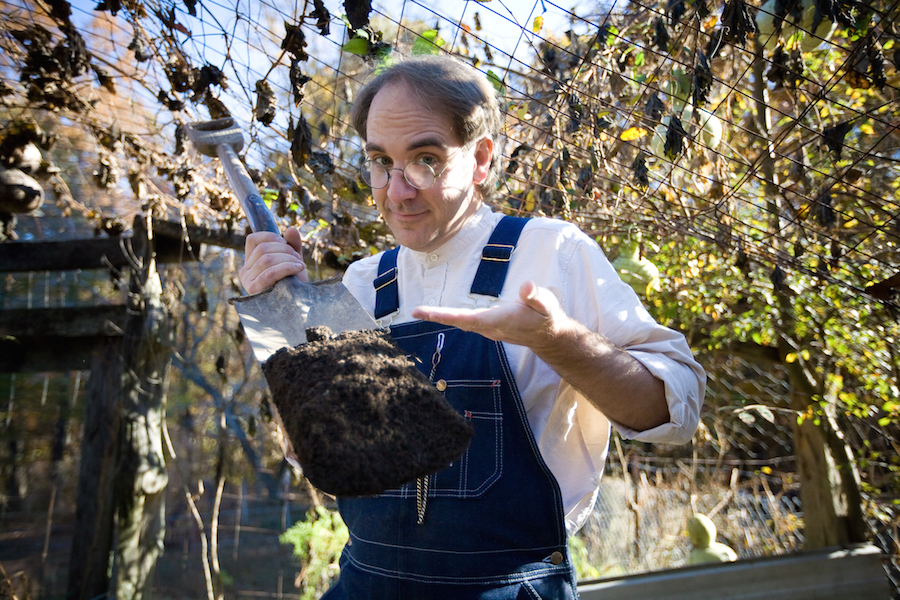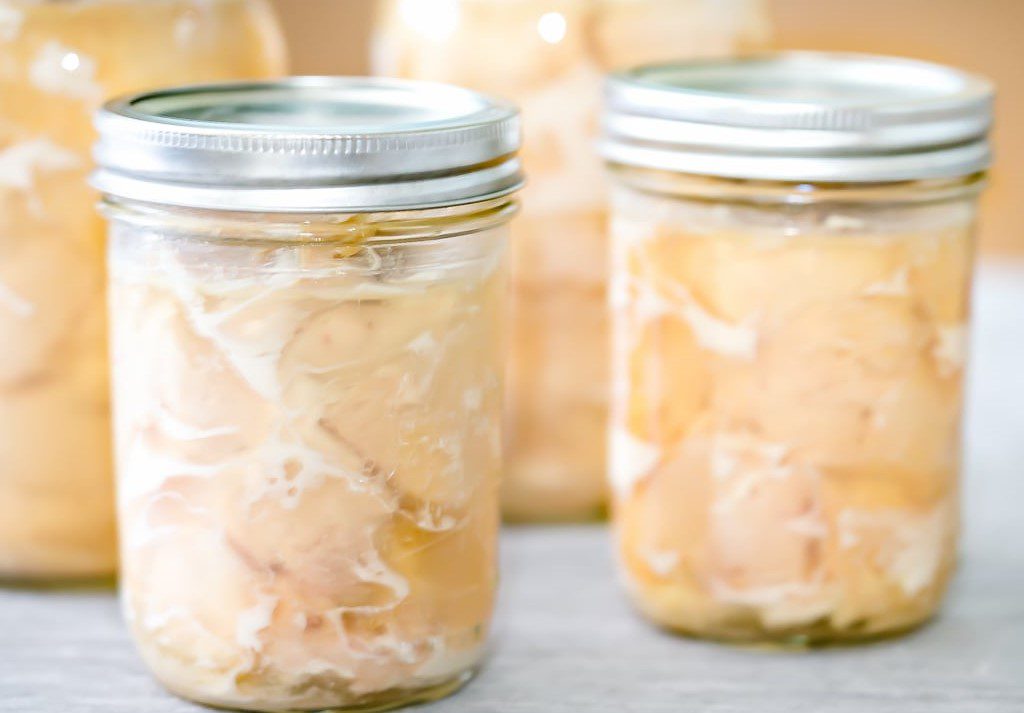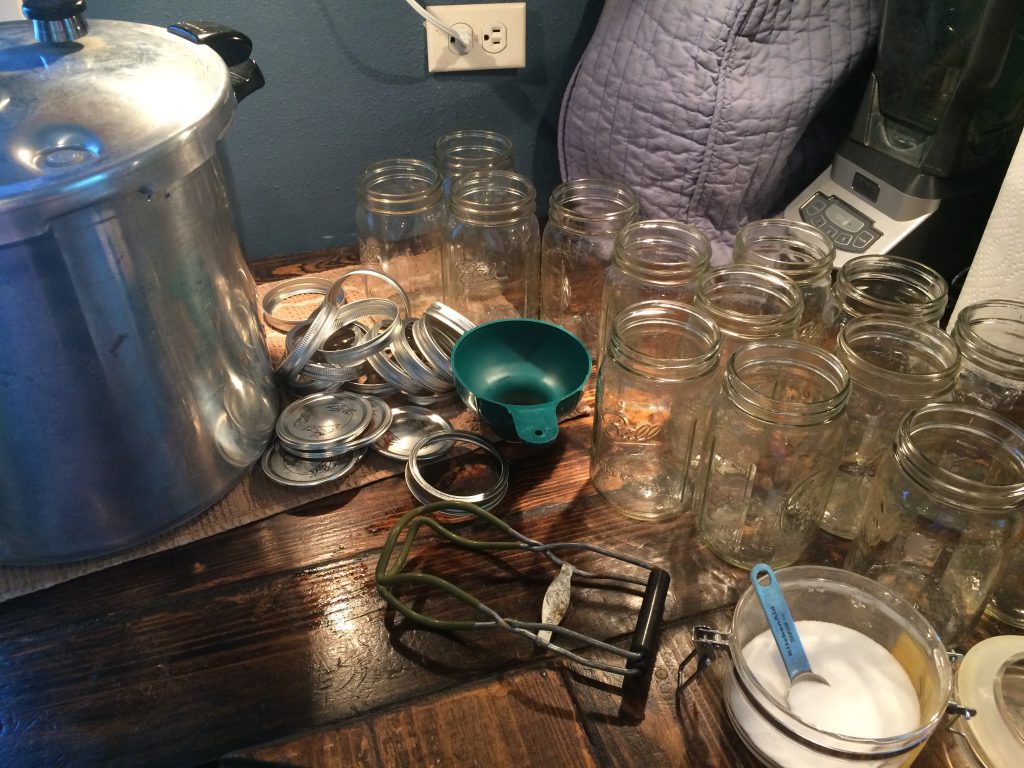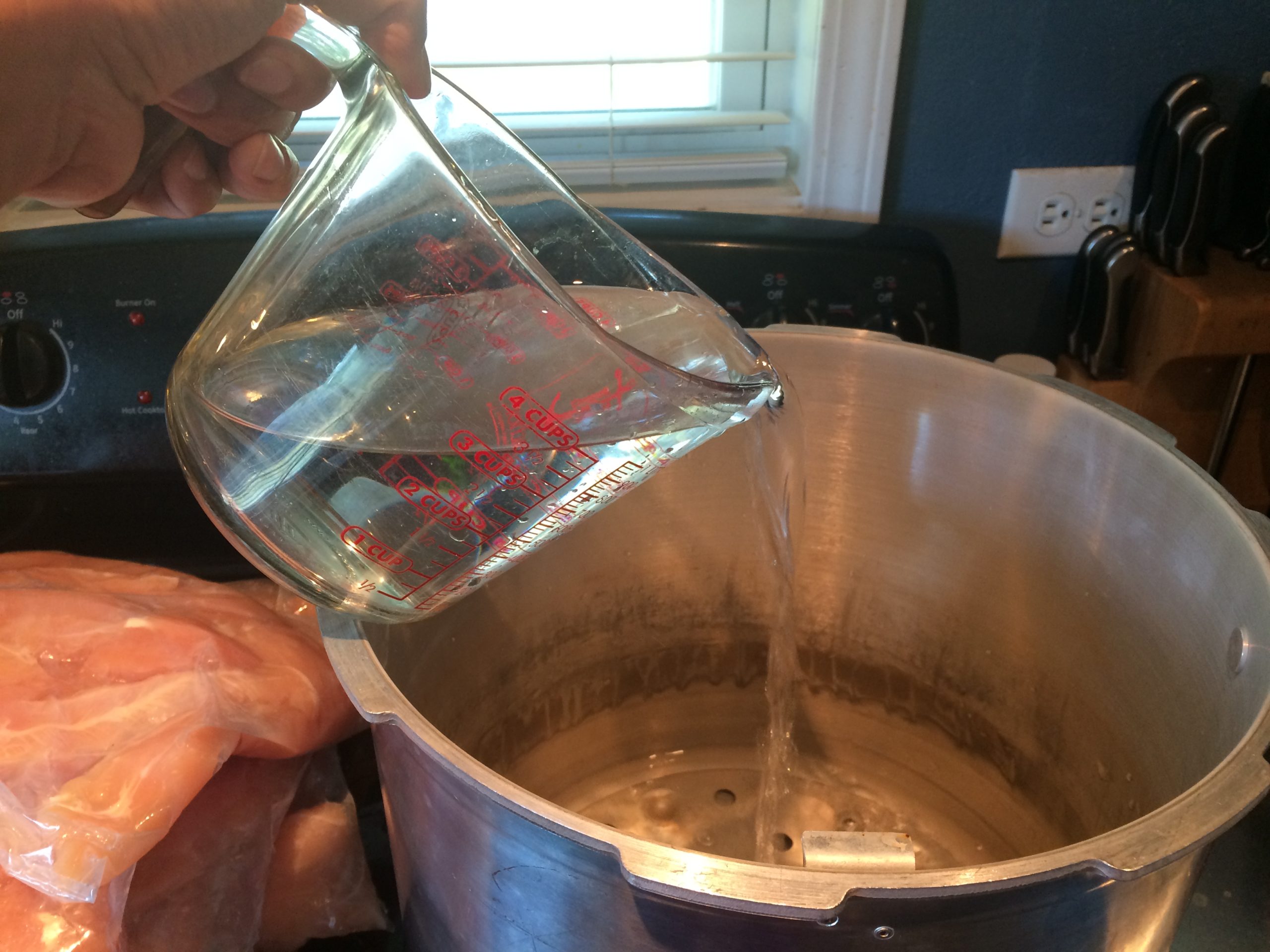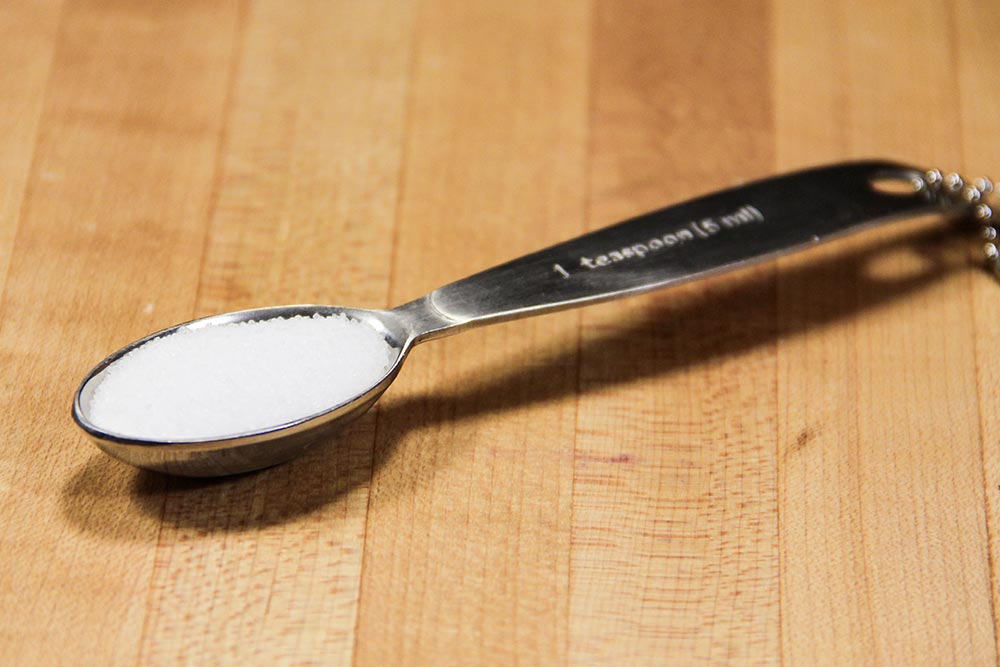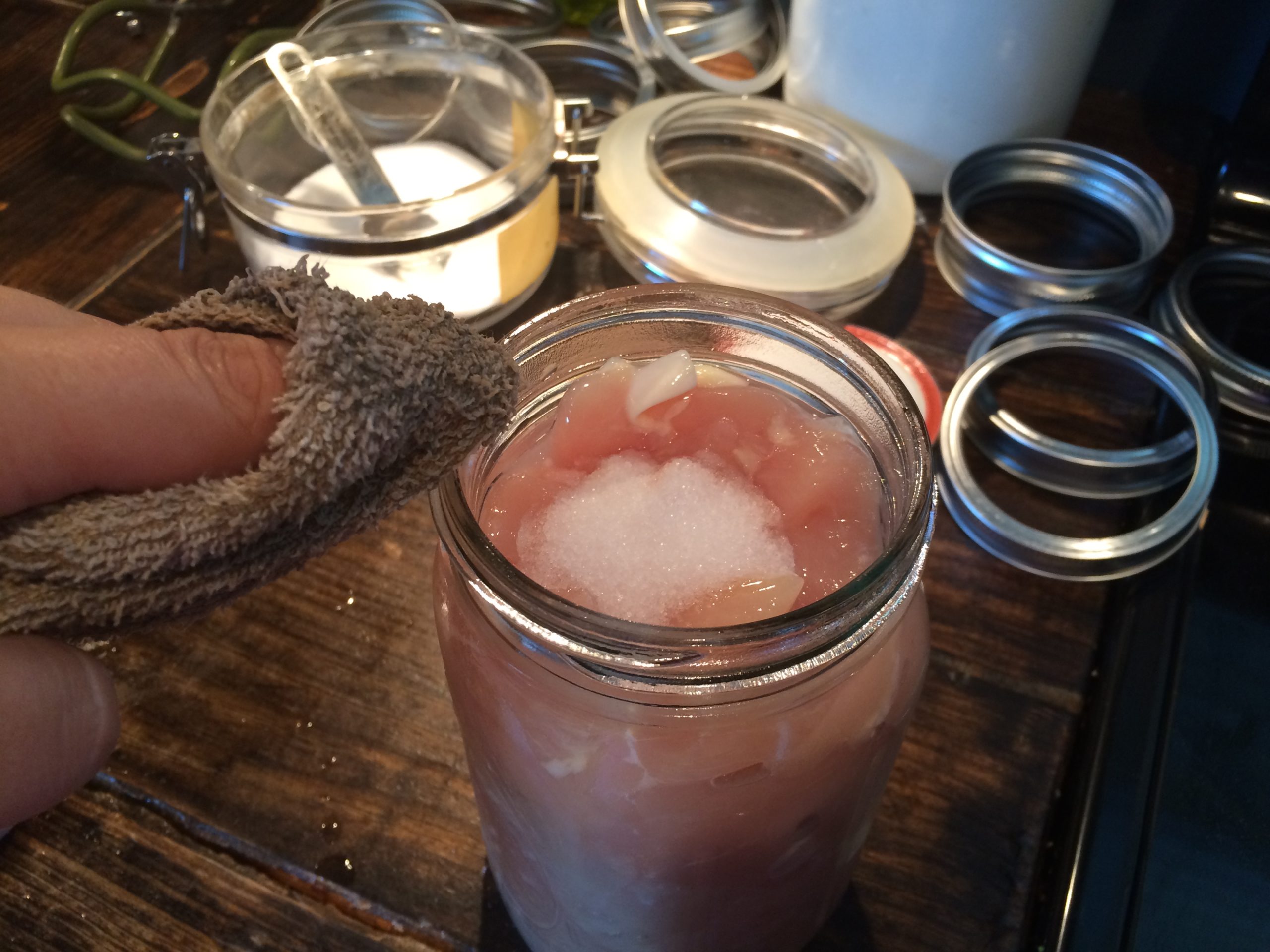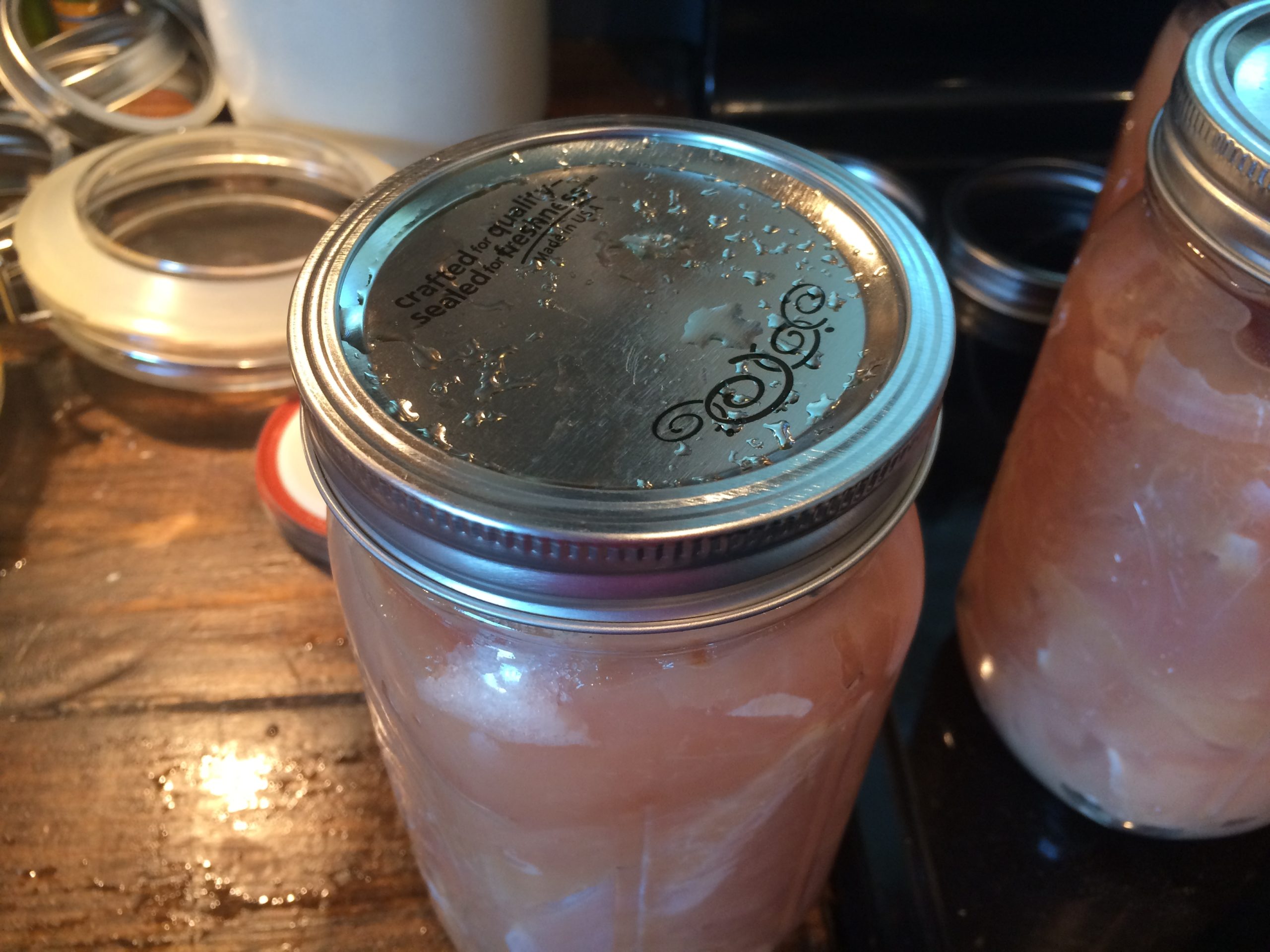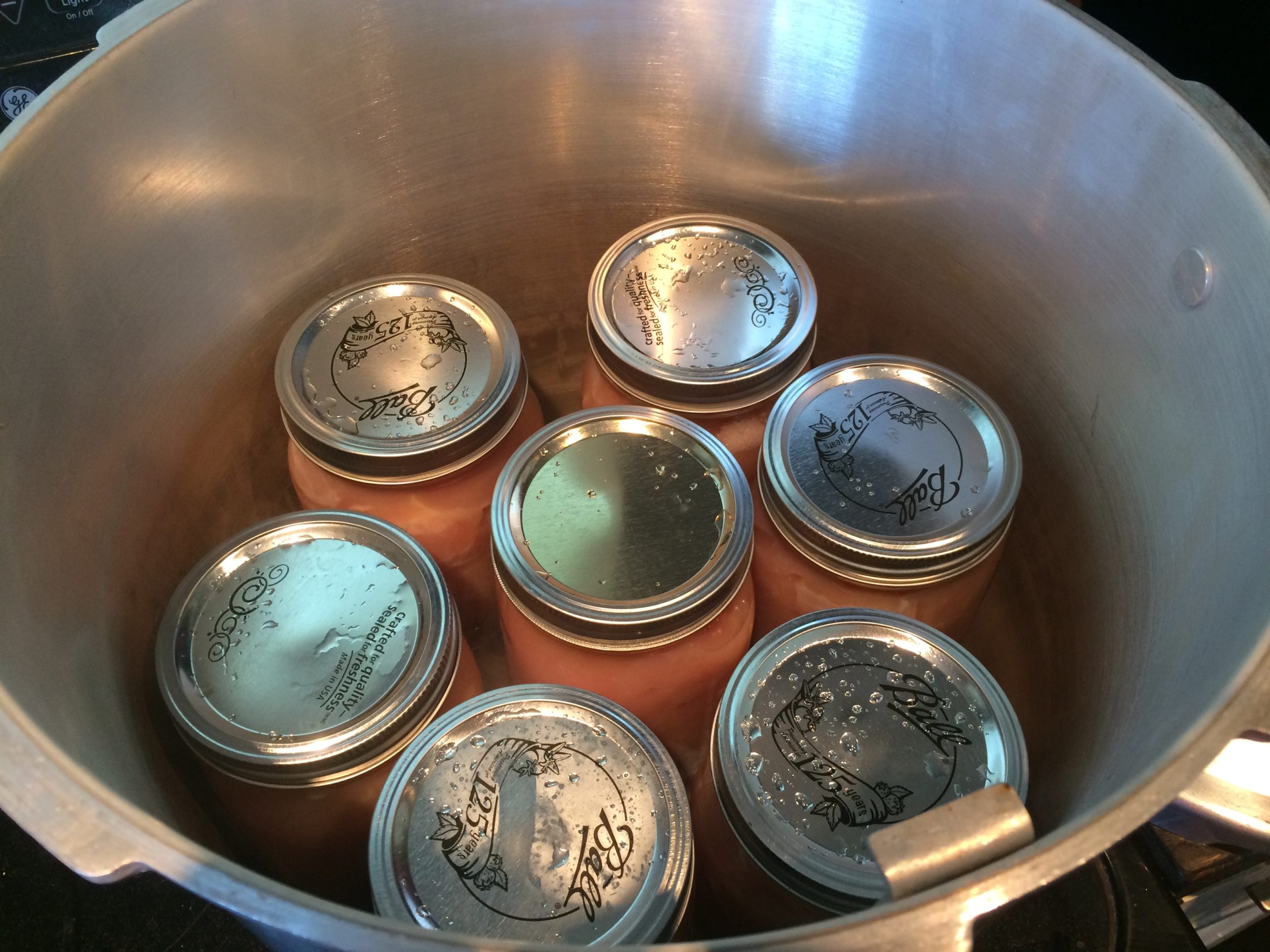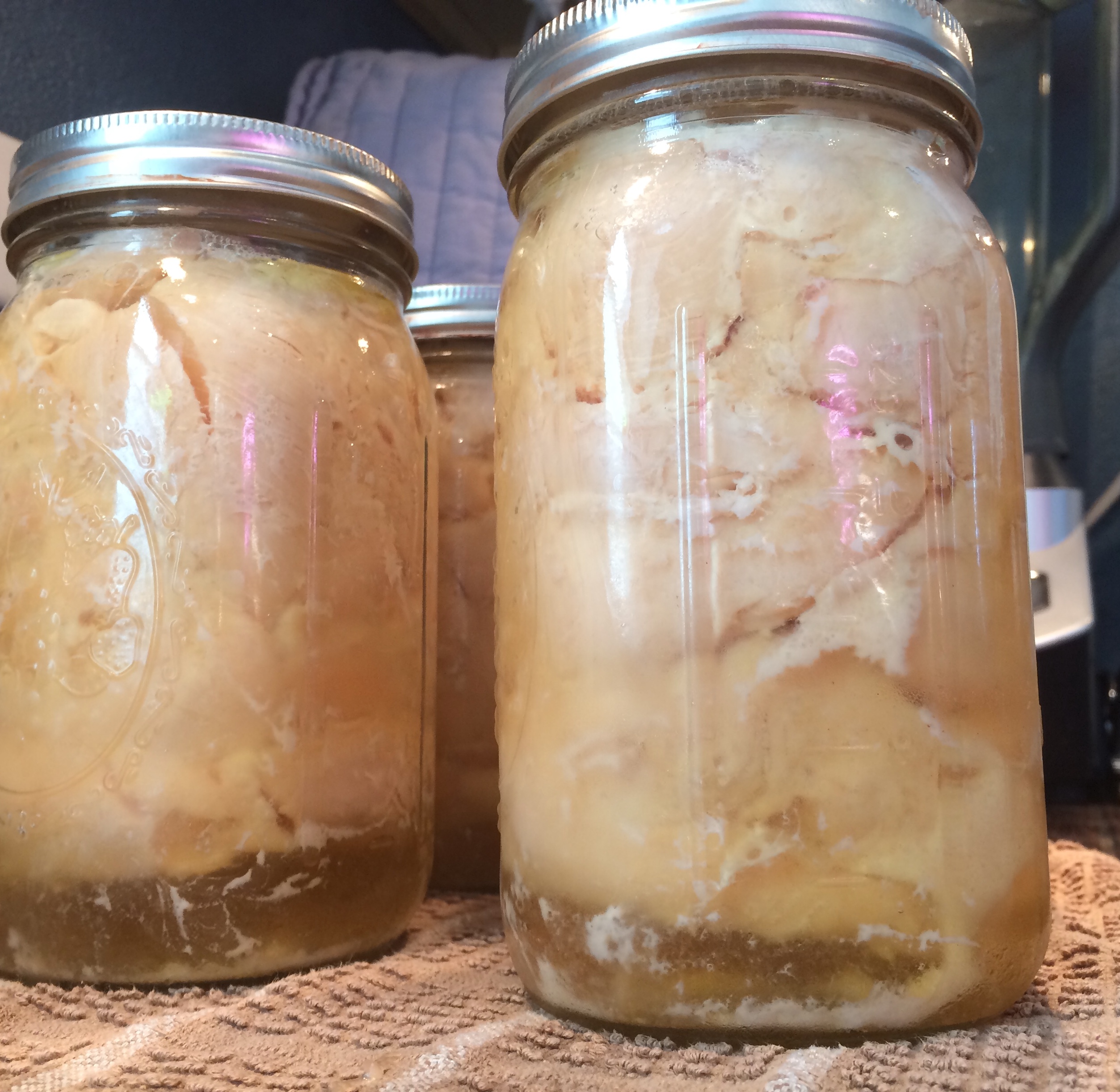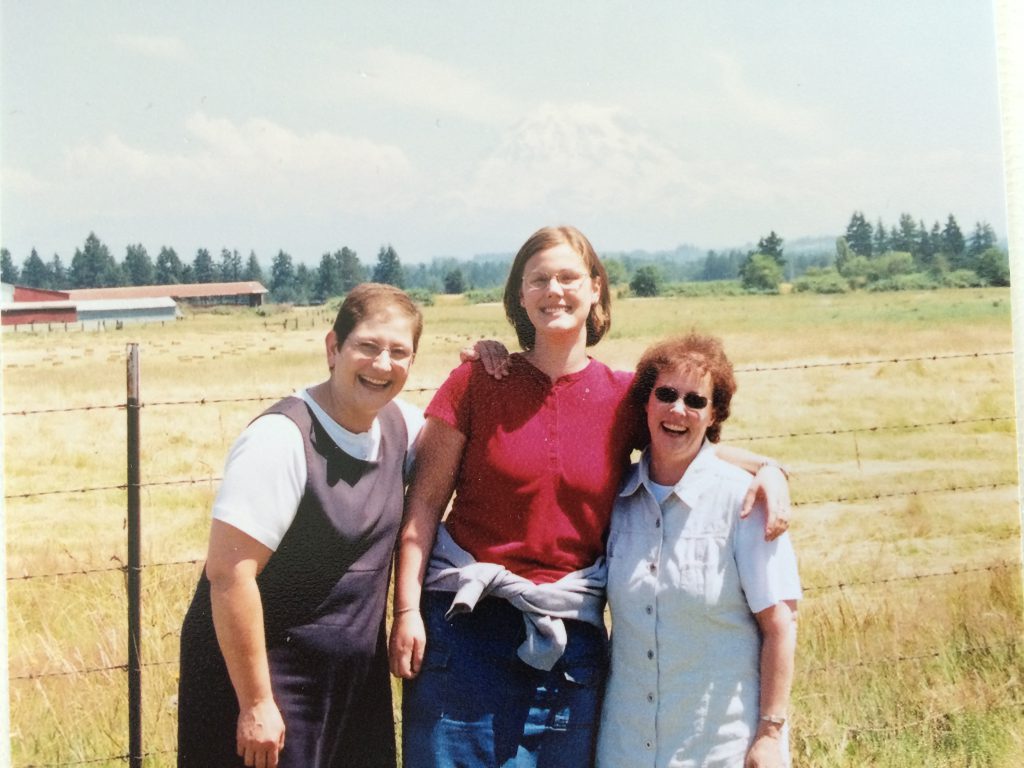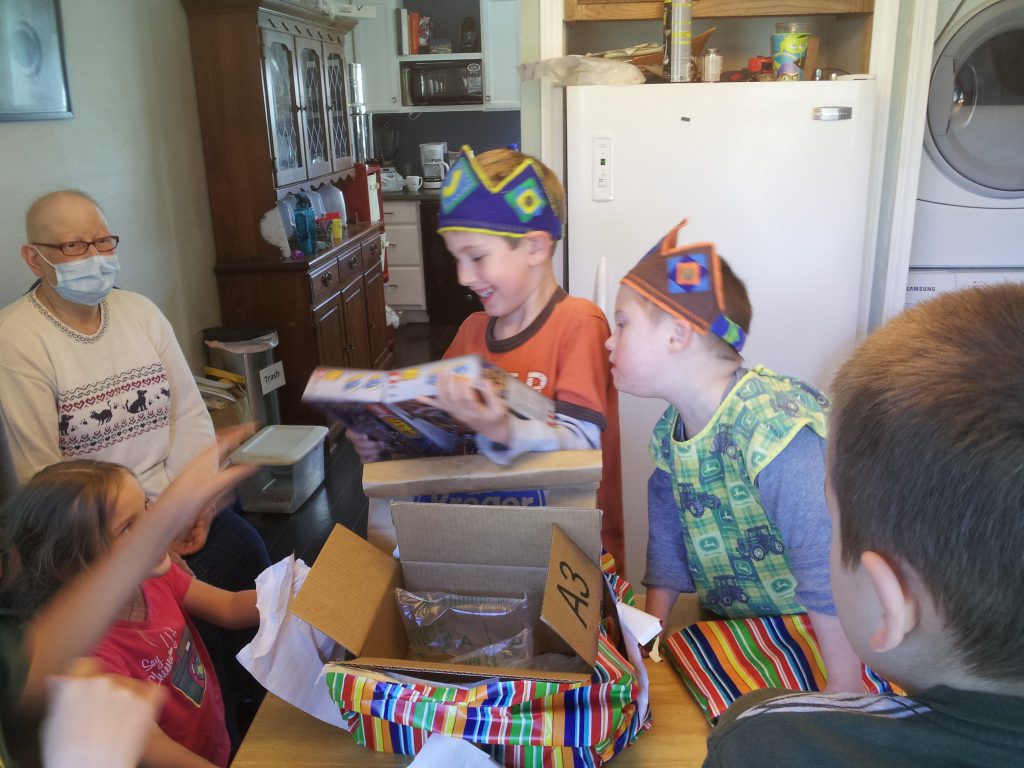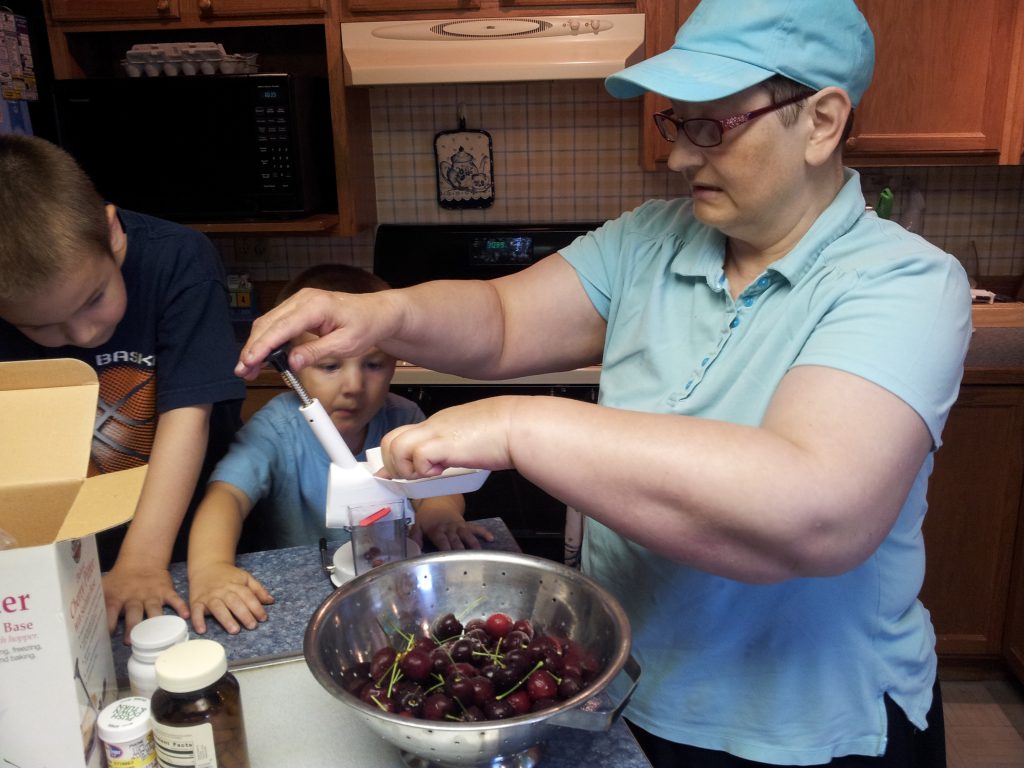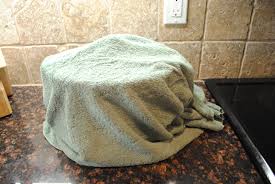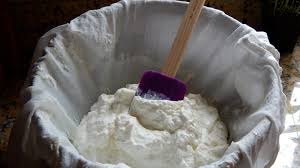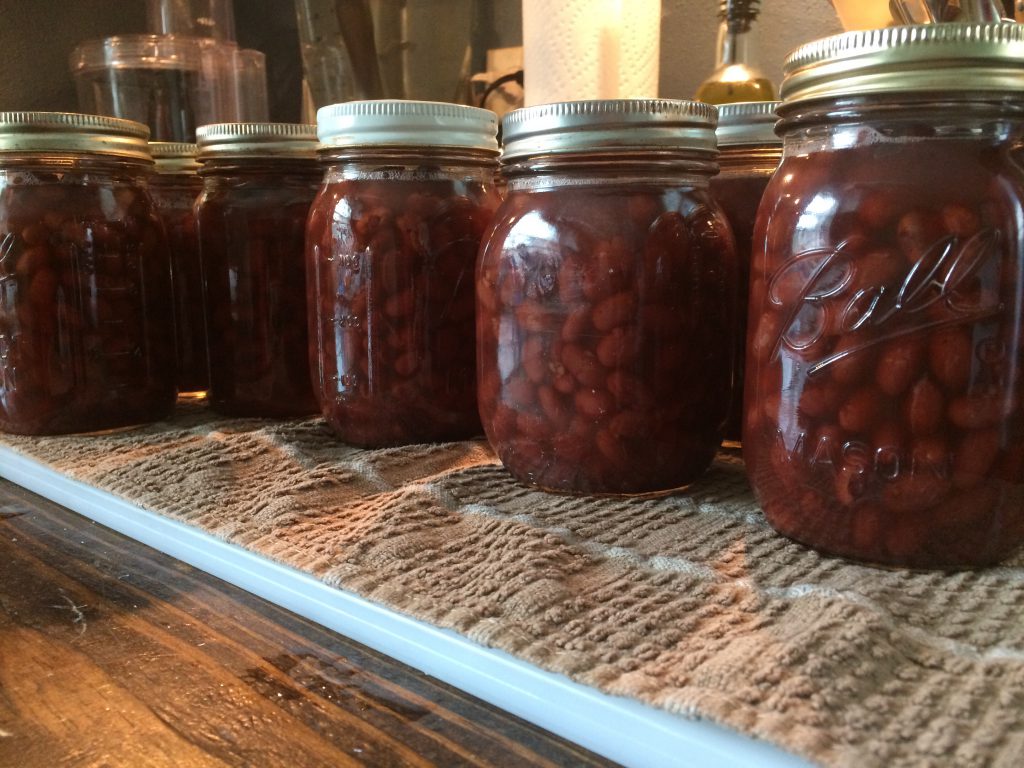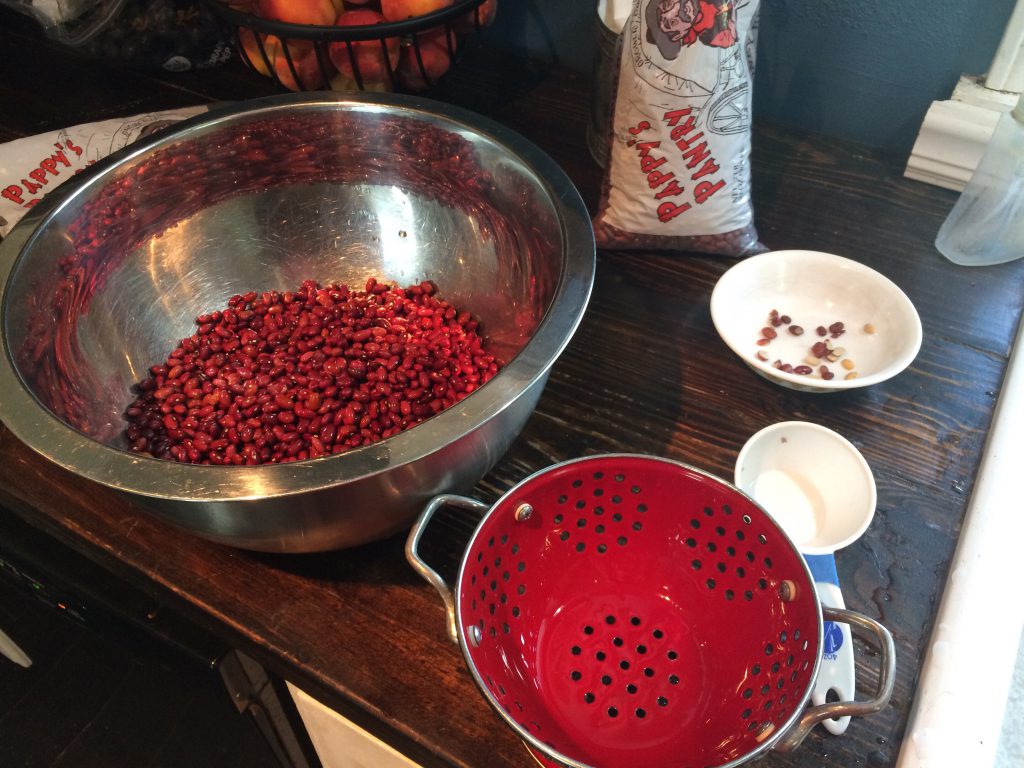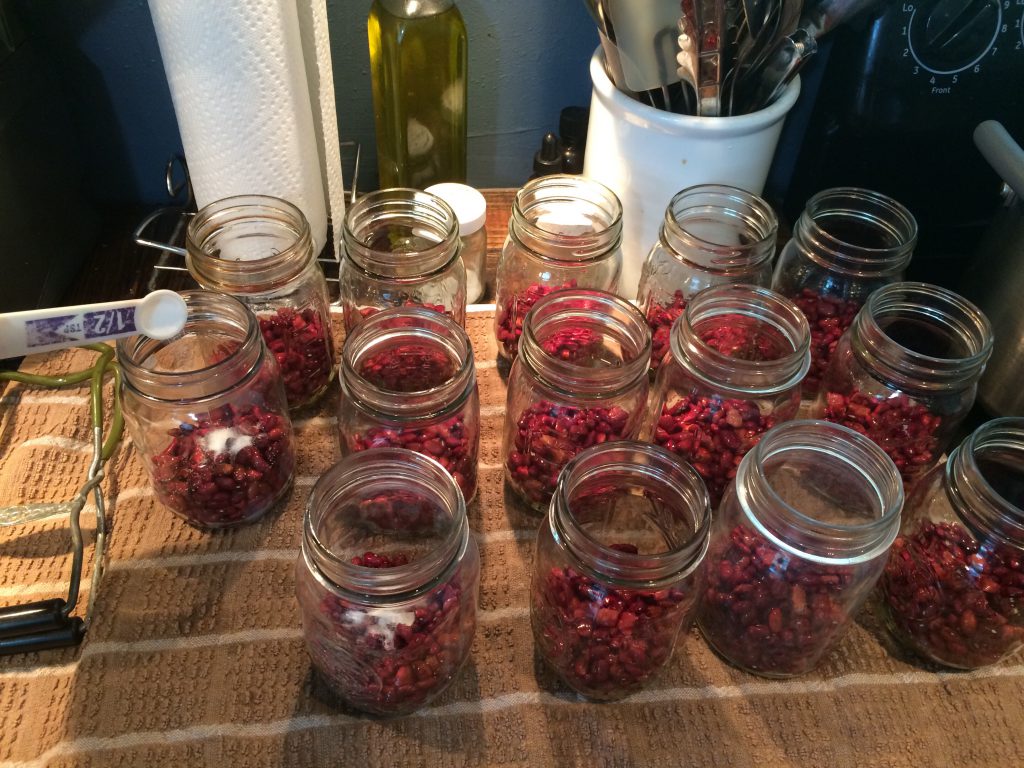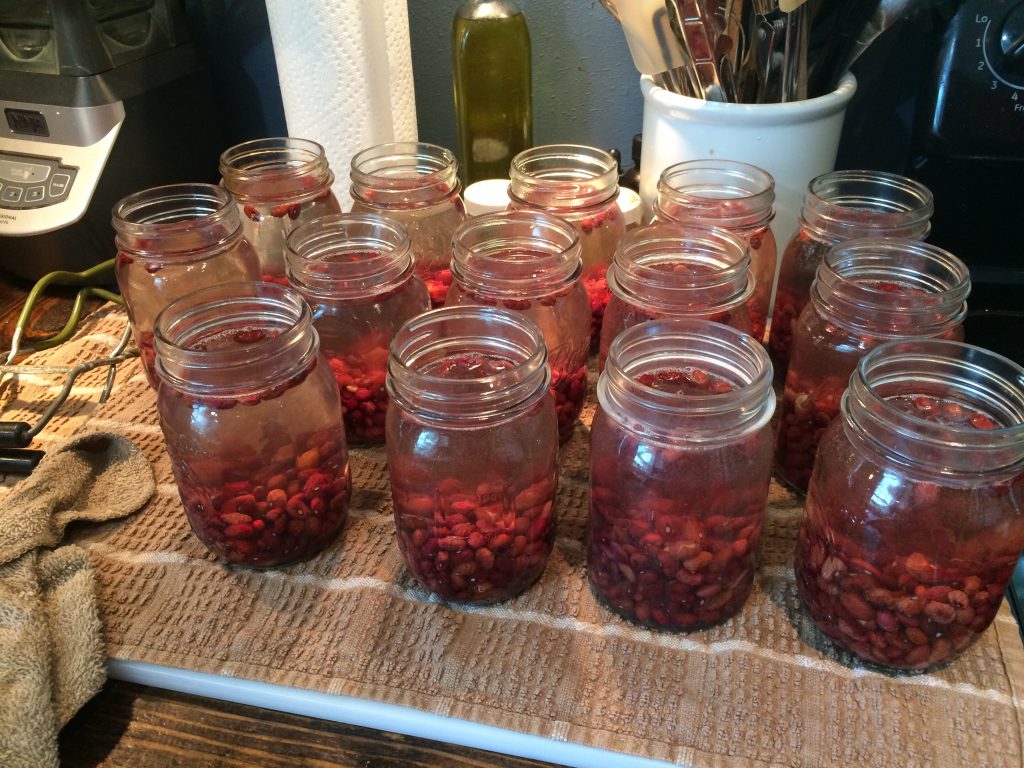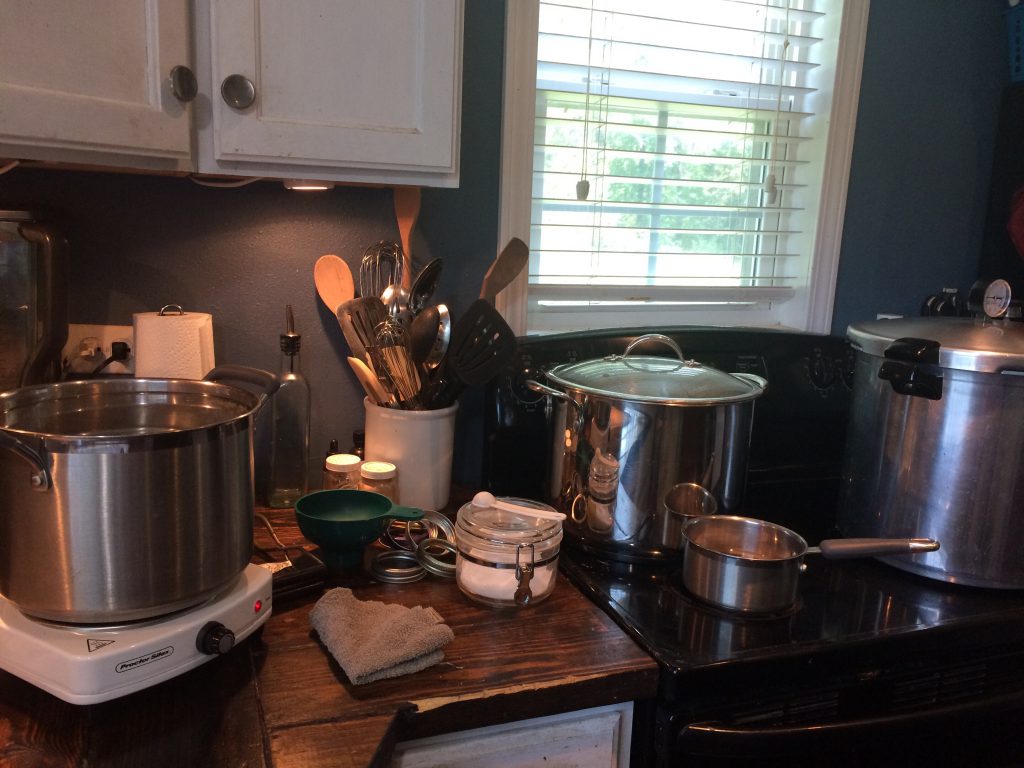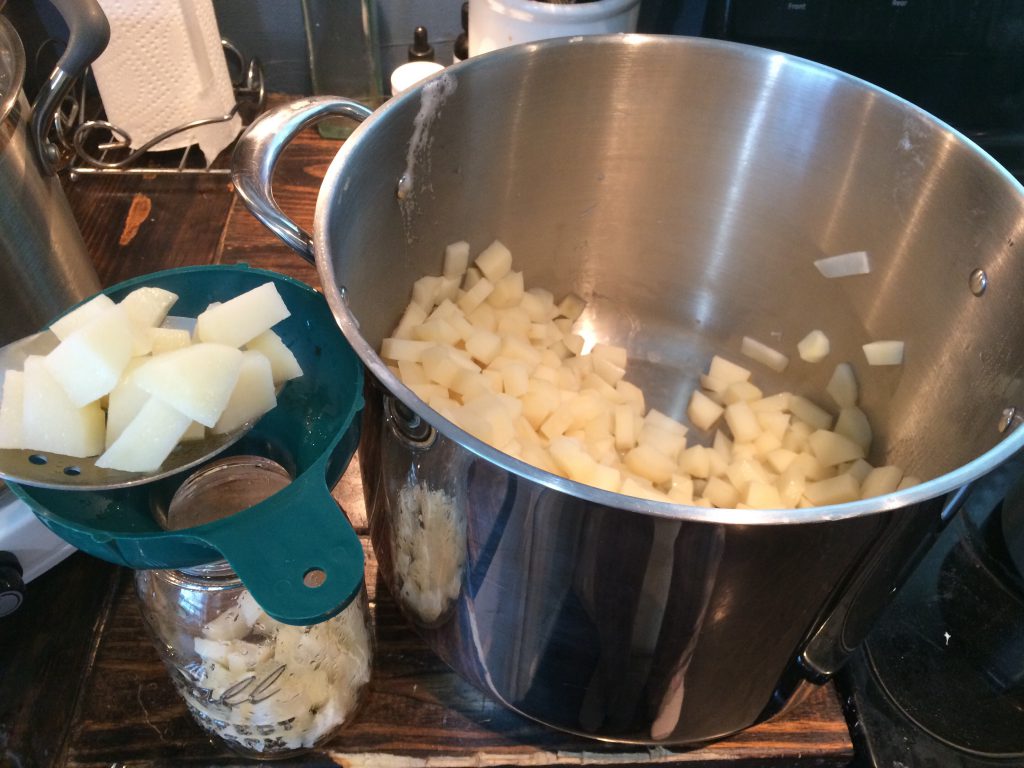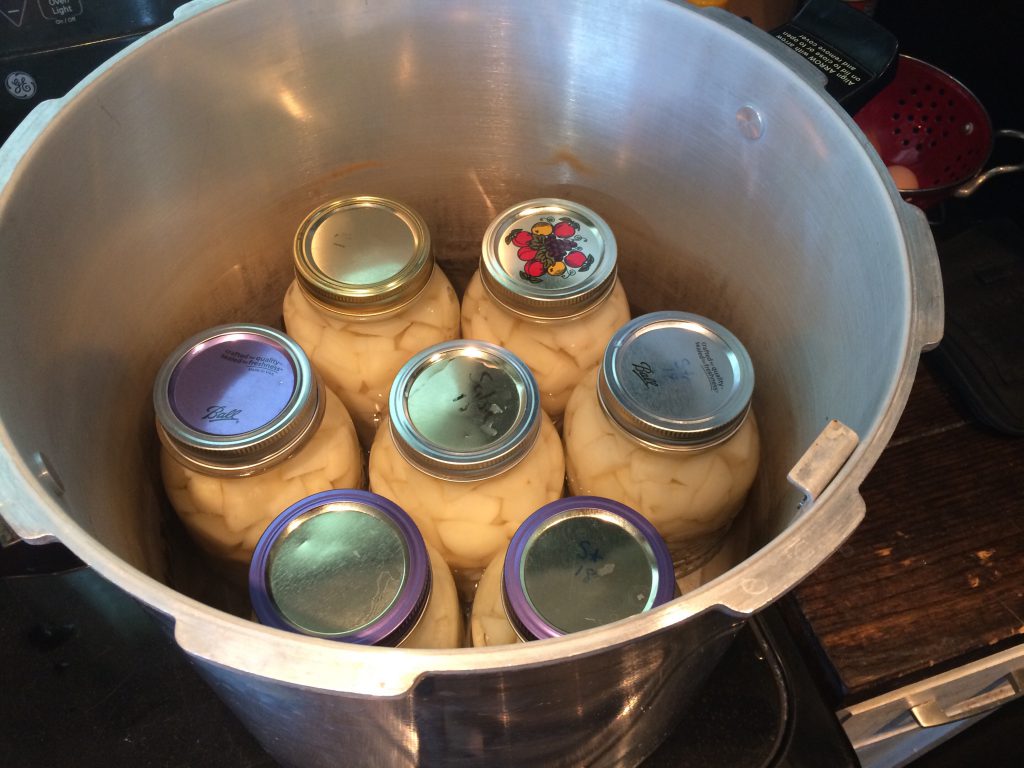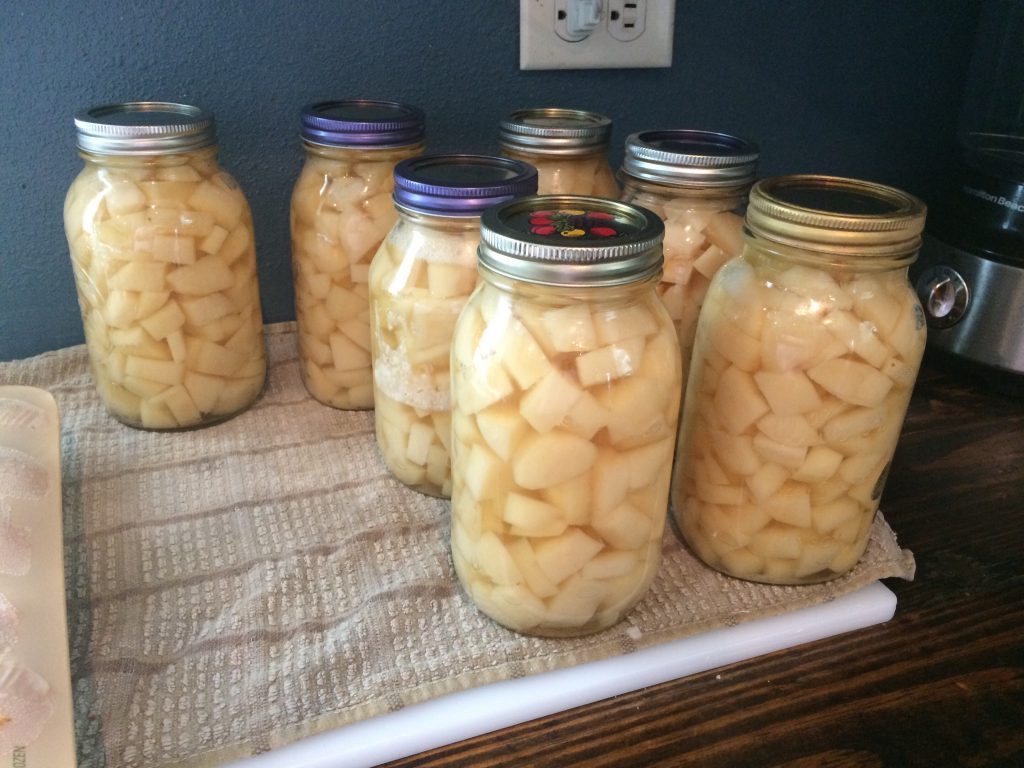An attitude of “can do” must be developed and maintained. Sometimes folks new to homesteading can be overwhelmed or intimidated by the mass of homesteading knowledge so readily available on the Internet through blogs or videos. And when they see somebody doin’ things so well or successfully they think, “I’ll never be that good so why try?” But think of this: Birds fly, fish swim, and humans “tend” the earth; it’s natural. Your chicken, goat or tomato plant doesn’t have access to all that knowledge either; in fact, you’re all startin’ off together. A lot of people might know a lot more about certain facets of homesteading than you—but nobody can love it like God created YOU to love it.
And don’t be intimidated by mistakes—they’re the biggest part of learning. Thomas Edison said “I have not failed. I’ve just found 10,000 ways that won’t work.”
The aged Thomas Jefferson once wrote: “Though an old man, I am but a young gardener.” You’re never too old to learn something about the vast field of homesteading. In fact, become a diligent student of nature and your husbandry efforts. Journal everything (planting dates, harvest dates, animal births, weather, etc.). It’ll be useful reading to you later (and priceless reading to your grandkids).
Lastly, time and resource organization/management are key elements to successful farming. A big part of that is makin’ and usin’ “to do” lists. I keep a running list (sometimes a very long one) of things that need doin’ around the farm. Just about every morning, I have a meetin’ with myself to go over the list and check at least 3 things that I’d like to have done and able to mark off the list at the end of the day; things that if marked off, will represent to me a day well used. Havin’ a list helps you to consistently prioritize the things that really matter. If this is not done, too many minutes, and then hours, and ultimately days will be wasted by bein’ filled with activities that should have waited until more pressing tasks were done. The second part of good organization/management is that of “a place for everything, and everything in its place”. Have a place for everything you need, and have it where you need it. Sometimes the majority of my thinking is used in figurin’ how I can do everything that needs doin’, and take the least number of actual footsteps to do it. The third organizational strategy is that of “seasonalizing” farm or homestead tasks. When we break down farm chores and give them “times” of the year where they fit best, it helps to simplify the sometimes “overwhelming-ness” of farming. For example, I use a lot of firewood in winter. But I don’t cut wood all year. I try to cut it up at the end of summer when the gardening slacks off. I also butcher hogs in the freezing-est time of the year, when I want to do practically nothing else. I try to gather in mulch materials for the garden in May and again in September. If I were to do all these things all the time, I would soon be overwhelmed and moving to the city. Well, it wouldn’t get that bad...but you get my point. In doin’ these things seasonally, I actually look forward to each of ‘em, and am happier than a pig in mud when I get to do ‘em.
